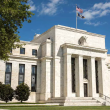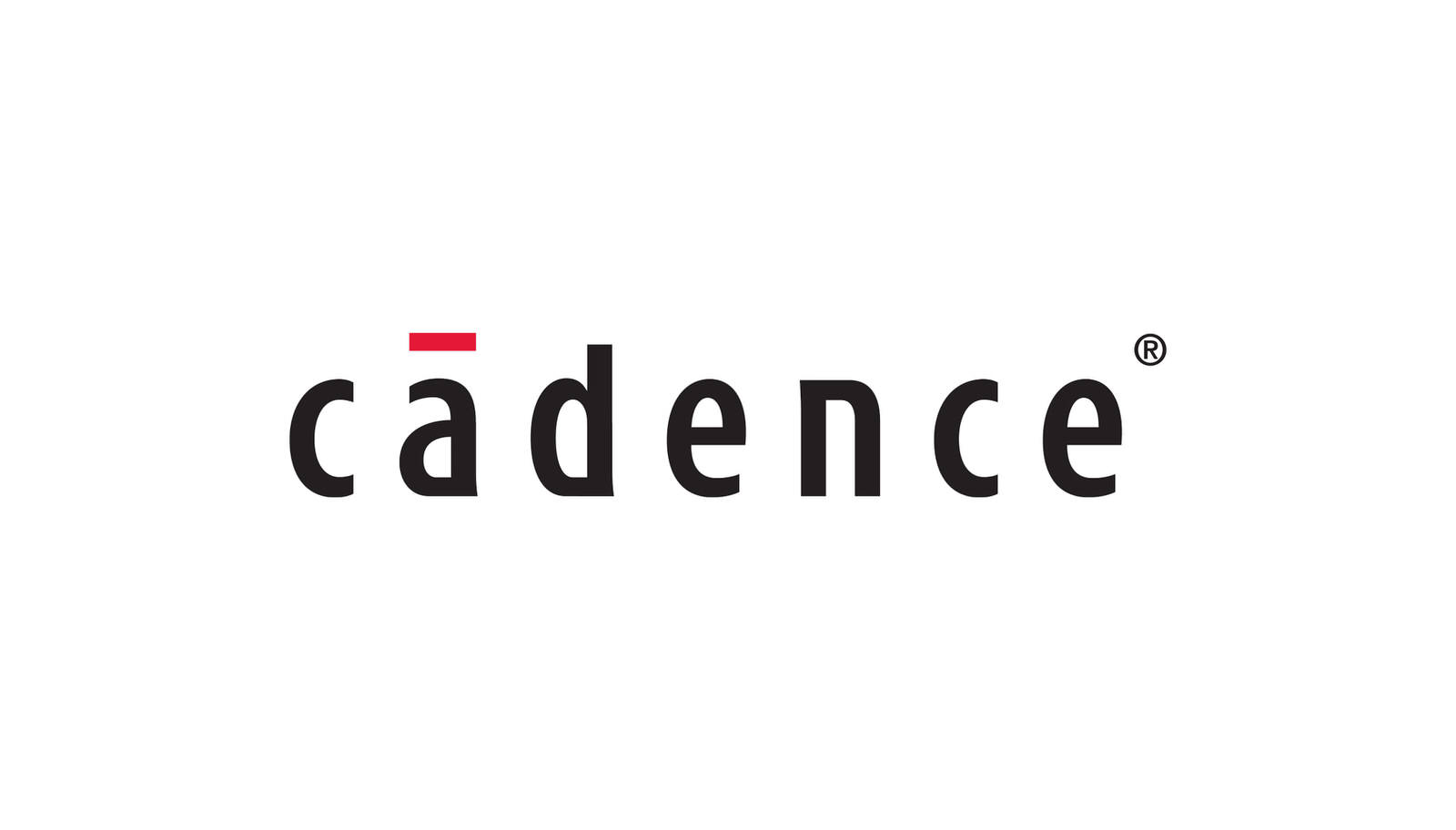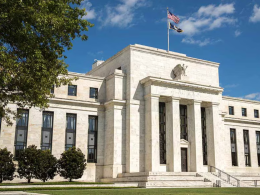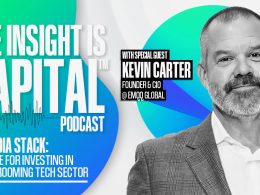by Jeremy Schwartz, CFA, Global Chief Investment Officer, WisdomTree
April was a volatile and policy-sensitive month in the markets. Every week, my colleagues and I were joined by Professor Jeremy Siegel to discuss how macroeconomic data, Federal Reserve policy and the variety of tariff proposals from President Trump shaped sentiment and the investment landscape. While growth and earnings held in pre-tariff impact, inflation uncertainties and the renewed threat of trade barriers added complexity and politics to an already uncertain outlook for interest rates.
Below are some of the most important insights and commentary from our weekly events with Professor Siegel to help give perspective on what transpired this month.
Tariffs Take Center Stage
President Trump’s proposal for sweeping tariffs sparked immediate concerns about the future path of inflation and global trade efficiency. Professor Siegel is adamantly anti-tariff and highlights that tariffs are essentially taxes on consumers.
“This is a self-inflicted wound. A policy error. Tariffs may knock 5–7% off U.S. per capita real income by reducing trade efficiency.”
—Jeremy Siegel, Weekly Commentary, April 21, 2025
Tariff risk isn’t just a hypothetical market factor; it can directly influence the Fed’s rate decisions by introducing new inflationary pressures. Even temporary uncertainty around trade policy can act as a headwind for equity markets.
“Even if Trump tweets tomorrow that tariffs are off, the damage takes time to heal. Markets remember shocks.”
—April 11 Webinar
Growth Remains Strong but with a Caveat
The economic data in April continued to reflect strength. Labor markets remained tight, consumer spending held up, and GDP growth forecasts remained firm.
But all this was pre-tariff impact. Even a strong economy could become vulnerable to a policy-induced slowdown.
Fed Messaging Turns Cautious
Throughout April, Federal Reserve officials continued to emphasize their data-dependent stance. While the Fed has room to ease policy, in Siegel’s view, the messaging has made it clear it would proceed carefully.
“The Fed is playing it safe. They’re not going to promise rate cuts until they’re absolutely sure inflation won’t reaccelerate.”
—April 11 Webinar
Professor Siegel emphasized one of the Fed’s favorite indicators— 5-year forward inflation rate—is sitting near multi-year lows at 2.3% for CPI, translating to approximately 2% for PCE, exactly at the Fed’s target.
Despite political rhetoric around tariffs and inflation, the data tell a clear story: long-term inflation expectations are stable, providing the Fed with room to ease without risking a resurgence in inflation.
Combined with tepid money supply growth—averaging less than 4% compared to a historical norm of 5.5%—there is robust analytical justification for cutting rates.
Siegel believes Trump is very wrong on tariffs, but he is right that Powell can often be too slow to adjust rates, and Powell risks being a Trump scapegoat for staying too high for too long in this environment.
Earnings Surprises Offer Some Support
Despite macroeconomic noise, the Q1 earnings season delivered a silver lining. Many companies beat expectations, especially in sectors like Technology and Consumer Discretionary. Profit margins remained stable, and balance sheets looked healthy. Yet markets didn’t fully celebrate the good news—sentiment remained cautious.
“Margins are holding up better than anyone expected. Earnings aren’t collapsing—they’re proving remarkably resilient even with higher rates.”
—April 17 Webinar
Investors seem to be pricing in not just economic fundamentals but also macro risk. That makes the case for diversification and a focus on quality even more important in this environment.
Market Overreaction
“Stocks are long-term assets. At a 20 P/E, only 10% of a stock’s value comes from its next two years of earnings. If earnings are wiped out for two years and return to trend, stocks should fall 10%, not 30%—but the market always overreacts.”
—April 4 Webinar
The Case for Staying Invested
While April presented plenty of noise and short-term risk, it also reinforced the timeless wisdom of long-term investing. Professor Siegel and I have written extensively about this in Stocks for the Long Run:
“Despite wars, recessions, and crises, stocks have yielded between 6.6% and 7.2% real returns in all major periods of history.”
Market shocks are inevitable, but history has shown that time in the market beats timing the market. Investors who try to avoid short-term losses often miss long-term gains.
“Missing just the 10 best days in the S&P 500 over 30 years would have cut your total return by more than 40%. Nearly 70% of the best days occur within two weeks of the worst days.”
“The history of the market is overreaction—always.”
Even now, valuations support the long-term case for equities:
“Even with no earnings growth, stocks at a 20 P/E still offer a 5% real return…. The equity risk premium [is currently]—right in line with history.”
—April 4 Webinar
And global opportunities are increasingly attractive:
“Europe’s P/E is 14 or 15. You don’t need much growth to justify those levels. That’s a 6–7% real return. Foreign markets are cheaper and less exposed to U.S.-China tensions.”
—April 17 Webinar
Conclusion
April reminded investors that markets are shaped not only by economic fundamentals but also by policy risks and unexpected shocks. The re-emergence of tariff threats, renewed inflation concerns and shifting Federal Reserve expectations created a more challenging backdrop for equities. Yet through all the volatility, Professor Siegel’s insights reinforce a powerful truth: overreaction is common, but long-term discipline wins. History shows that markets have rewarded patience through wars, recessions and crises. In today’s environment—whether facing tariffs, higher rates or inflationary surprises—staying invested and maintaining a diversified, global perspective remains the best strategy for long-term success.
*****
Stay up to Date with Professor Siegel
Want to hear all of Professor Siegel’s insights firsthand? Watch the full replays of each April conversation.
Additionally, Professor Siegel continues to provide real-time market insights every week. Stay informed and never miss an update by subscribing to his weekly commentary.
Copyright © WisdomTree
















